On November 14, the Statistics Bureau released the economic data for October. What is the current economic situation and what is the future trend? 1. Production demand has fallen, and the economy has weakened again. Industrial production has cooled significantly. In October, the industrial added value slowed down to 6.2% year-on-year, only one step away from the 6% low in the year. In October, the growth rate of power generation and the growth rate of major industrial products also declined. The three major demands have fallen flat. From the troika, the export growth rate in October fell slightly to 6.9%, the consumption growth rate hit a short-term new low to 10%, and the investment growth rate was flat at 5.8%. Whether in terms of production or demand, the economy has clearly weakened in October. What is the reason? Second, the residents' debts are decelerating, and the real estate is coming to the east. From the demand side, real estate is the main cause of the current economic downturn. Residents' debt deceleration has led to a continued weakening of property sales, which has not only turned real estate investment down, but also caused real estate-related consumption to fall sharply. The weakening of real estate investment is the main reason for the lower investment since the second half of the year. The decline in real estate-related consumption and automobile consumption is the main reason for the decline in consumption. The current interest rate is still rising, which means that the decline in real estate sales will continue, and its impact on investment and consumption has only just begun, and the future will continue to drag down the overall demand. Real estate investment turned heads down. In October, the growth rate of manufacturing investment was low. The traditional industry is still subject to high leverage and does not have the space for large-scale debt investment. The equipment investment cycle has not yet started. The growth rate of infrastructure investment rebounded and remained at a high level. However, under the background of low investment funds and declining fiscal expenditure, high growth is difficult to sustain. The growth rate of real estate investment has fallen sharply, and the drag on the decline in real estate sales in the early stage is emerging. Optional consumption fell across the board. The growth rate of essential consumption in October rebounded slightly, but the optional consumption fell across the board. The current overdraft demand for pre-purchase car discounts caused a decline in automobile consumption. Due to the weakening of the previous real estate, the consumption of home appliances, furniture and building materials declined, while the consumption of oil and products, which accounted for a relatively high proportion, also declined slightly. The decline in real estate sales has expanded. The decline in real estate sales in the early period was the main reason for the decline in real estate investment and real estate-related consumption. The former dragged down investment and the latter dragged down consumption. In October, the decline in real estate sales expanded to -6%. As a result, the growth rate of land purchase area declined, and the growth rate of new construction area turned negative. The decline in real estate sales was due to the slowdown in household debt, while the growth rate of residential loans in October and the high interest rate of mortgages all meant that the decline in real estate sales will continue, and its impact on investment and consumption has only just begun. Third, environmental protection and limited production strike, industrial production cooling From the production side, in addition to the downstream demand cooling, environmental protection and production limit during the heating season is also an important reason for the decline in industrial production. The supply of industrial products showed a significant decline, the growth rate of raw coal production dropped sharply, while the growth rate of nonferrous metals, cement and steel products fell sharply. While supply contraction supports commodity prices, the result is typical stagflation, the economic downturn and inflation expectations are difficult to fall, and monetary policy is difficult. The production in the middle reaches has obviously cooled down. In October, the industrial growth rate of the downstream industry was mixed, but the growth rate of processing, assembly and raw materials in the middle reaches of the industry generally declined, reflecting that the decline in demand is being transmitted from the downstream to the middle and upper reaches. Environmental protection and production restrictions constrain production. In October, the growth rate of major industrial products was down across the board. The growth rate of power generation was slow. The environmentally-friendly production in the heating season caused the growth rate of raw coal production to drop sharply. The growth rate of nonferrous metals, cement and steel products fell sharply. Environmental protection and production restrictions have imposed strong constraints on industrial production. Taking the steel industry as an example, even if the base figure was low in the same period last year, the growth rate of value added in the black gold smelting industry in October will still decline, but under the favorable conditions of capacity reduction and high profitability, The operating rate of the blast furnace has reached a new low, and the impact is obvious. Fourth, the economic pressure is increasing, the price increase is difficult to sustain The current economic recovery of residents and leverage has come to an end, and the downward pressure on the economy will gradually increase in the future, and demand will eventually replace supply as the main contradiction in the future, and commodity price increases are difficult to sustain. The downward pressure on the economy has increased. In October, the economy weakened again, and real estate sales and social financing, which are the leading indicators of the economy, also fell sharply. Among them, the middle and long-term loans of residents in the middle of the year hit a new low and the short-term loans also fell sharply, which means that the current round of economic rebound of residents with leverage has been At the end of the day, the downward pressure on the economy will gradually increase. It is expected that the GDP growth rate will fall to 6.6% in the fourth quarter, and the 18-year GDP growth rate will fall below 6.5%. The price increase of commodities is difficult to sustain. The restriction of environmental protection led to a decline in the supply of industrial products. The contraction of supply caused short-term rises in commodity prices, which led to a typical pattern of stagflation, that is, the economic downturn and the inflation expectations were difficult to fall. The economic stagflation and strict financial supervision have made monetary policy difficult. However, under the constraint of high interest rates, the downward pressure on the economy will continue to increase, and demand will eventually replace supply as the main contradiction in the future. The Bureau of Statistics has published all the economic data for October. What is the current economic trend? 1. Production demand falls, and the economy weakens again Whether in terms of production or demand, the economy in October fell back from September. Industrial production has cooled significantly. The first is industrial production, which is the most important indicator for observing the Chinese economy. On the one hand, China's economic accounting uses production methods. On the other hand, historical data shows that industry determines China's economic trends. In October, the year-on-year growth rate of industrial added value above designated size fell back to 6.2%, a step away from the low of 6.0% in August. Correspondingly, the growth rate of power generation in October and the growth rate of output of major industrial products have also declined. This shows that industrial production has cooled significantly. The three major demands have fallen flat. The second is the troika, which is the three driving forces driving the Chinese economy at the demand side – exports representing external demand and investment and consumption representing domestic demand. From the export data released by the General Administration of Customs at the beginning of the month, the export growth rate in October dropped slightly. According to data released by the Statistics Bureau today, the national fixed-asset investment in October increased by 5.8% year-on-year, which was the same as that in September. The total retail sales of social consumer goods grew by 10.0% year-on-year, which was significantly lower than that in September. In a nutshell, demand and production both weakened in October. What is the reason for the overall decline in economic data in October? Economic analysis is inseparable from the framework of demand and supply. Below we analyze these two aspects. 2. Residents are slowing down their debts, and the property is coming to the east. From the demand side, real estate is the main cause of the current economic downturn. Residents' debt deceleration has led to a continued weakening of property sales. This has not only turned real estate investment down, but also caused real estate-related consumption to fall sharply. The weakening of real estate investment is the main reason for the lower investment since the second half of the year. The decline in real estate-related consumption and automobile consumption is the main reason for the decline in consumption. The current interest rate is still rising, which means that the decline in real estate sales will continue, and its impact on investment and consumption has only just begun, and the future will continue to drag down the overall demand. What caused the weakening of demand? The only reason for the depression is prosperity, and the current economic boom is mainly due to the demand-side real estate, automobile and infrastructure. The real estate is the main force driving demand. So let's first look at the demand and split the investment and consumption. 2.1 Real estate investment turned head down The investment growth rate was flat at the low level. Looking at investment first, in October, the national fixed-asset investment grew by 5.8% year-on-year, which was basically the same as that in September. Among the three types of investment, manufacturing investment is still at a low level; infrastructure investment rebounded slightly, which is the mainstay of investment; while real estate investment turned head downwards, the growth rate dropped to 5.4%, the second lowest point in the year, which became the main drag. Manufacturing investment is low. In October, the growth rate of manufacturing investment rebounded slightly to 3.3%, still at a low level. Although affected by the price increase of industrial products, the growth rate of manufacturing investment in the first half of the year rebounded to 5.5%. However, the upstream price squeezes the downstream investment demand, while the manufacturing industry represented by traditional industries such as steel and coal is still subject to high leverage ratio and does not have the space for large-scale debt investment. This has led to the market investment cycle that the market expects has not started. Not only the growth rate of net cash flow of listed companies in manufacturing industries is still fluctuating, but its construction in progress is still negative. As a result, manufacturing investment has slowed significantly since the second half of the year, and the growth rate in the third quarter has reached 2.2%. Although it rebounded slightly in October, it is still low. The high capital increase in infrastructure is difficult to sustain. The year-on-year growth rate of infrastructure investment in October rebounded slightly to 15.6%, becoming the mainstay of investment. However, since the second half of the year, as one of the main sources of infrastructure financing, the growth rate of fiscal expenditure has continued to decline, and it has turned down in October. In the first 10 months, the fixed assets investment in place increased only 3.6% year-on-year, and the sources of financing were limited. This means that the high capital investment in October should be related to the low base in the same period last year, and it is difficult to continue. The year-on-year growth rate of real estate investment in October dropped sharply to 5.4%. Since the beginning of this year, the growth rate of real estate investment has dropped from 9.1% in the first quarter to 7.4% in the third quarter. Historical experience shows that real estate sales generally lead real estate investment for 2-3 quarters. After the real estate sales growth rate surged in the first quarter, it continued to decline in the second and third quarters, and turned negative in September and expanded in October, which means this year. The growth rate of real estate investment in the fourth quarter and the first quarter of next year will continue to decline. 2.2 Optional consumption fell across the board Consumption growth has hit new lows. Looking at consumption again, it is not optimistic. In October, the retail sales of nominal, actual and retail sales of social retail sales were 10.0%, 8.6% and 7.2%, respectively, both down from September and hitting a new low since March. Specifically, the consumer goods are slightly warmer. The highest proportion of retail sales of grain, oil, food, beverages, tobacco, alcohol, clothing, shoes, hats and needles textiles rose to 9.6% and 8.0% respectively, while the growth rate of retail sales of daily necessities was basically the same. However, the optional consumption has fallen across the board. Among them, the highest proportion of retail sales of automobiles, petroleum and products declined to 6.9% and 8.2% respectively. The retail sales growth rate of home appliances related to audio-visual categories, furniture and building materials fell to 5.4%, 10.0% and 6.1% respectively. Since the beginning of this year, the incentives for car purchases have been halved. The early policy has stimulated the overdraft effect on demand, and the growth rate of auto retail sales has dropped from 10% last year to around 6% this year. The decline in the growth rate of real estate-related consumption is related to the downward growth of the previous real estate sales. 2.3 Real estate sales decline The decline in real estate sales has expanded. From the previous analysis, it is not difficult to see that the decline in real estate sales has not only led to the decline in real estate investment, but also caused the decline in real estate-related consumption, which is the main culprit in the decline in investment and consumption. From the latest data, real estate sales are still falling. In October, the sales area of ​​commercial housing in the country expanded to -6.0% year-on-year, and hit a new low since March of 15 years. Affected by the continued weakening of real estate sales, the growth rate of land purchases in October continued to decline in the context of a low base in the same period last year. The growth rate of new construction area was turned negative, which also means that real estate investment is still under pressure in the future. . Why is real estate sales plummeting and where is the future going? From the two aspects of household leverage and mortgage interest rate: Unable to increase the leverage of residents. The current round of real estate sales is up and down, which is related to the leverage of residents. Residents and leverage have driven the property boom for 15 years. Of the 12.7 trillion new in-country loans that were added last year, 45% were mid- to long-term loans. If you count the housing provident fund loans, the resident sector debt increased by 7.1 trillion last year, and increased by 4 trillion yuan in the first half of this year, an increase of nearly 700 billion. However, the growth rate of residential loans in October dropped significantly, only 450 billion yuan, a decrease of 280 billion from the previous month, of which short-term loans for residents only increased by 79.1 billion, less than one-third of the amount added last month, reflecting the strict inspection of consumer spending by regulators. Effect. The growth rate of residential loans has fallen sharply, which is one of the reasons for the weakening of real estate demand. Mortgage rates continue to rise. Mortgage interest rates measure the cost of home purchase loans and are therefore negatively correlated with property sales. Since the fourth quarter of last year, the weighted average interest rate of home loans has bottomed out, and the average lending rate of the first suite in the city of October 35 has reached a record high of 5.3%. Mortgage interest rates continue to rise, which is the second reason for the weakening demand for real estate. Against the backdrop of the suspension of real estate destocking policies and the further over-regulation of property market regulation, the decline in the growth rate of residential loans and the rebound in mortgage interest rates will lead to a downward trend in real estate sales, which will drag down the overall demand in the future. 3. Environmental protection and limited production, industrial production cooling From the production side, in addition to the downstream demand cooling, environmental protection and limited production in the heating season is another major cause of the decline in industrial production. The supply of industrial products showed a significant decline, the growth rate of raw coal production dropped sharply, while the growth rate of nonferrous metals, cement and steel products fell sharply. While supply contraction supports commodity prices, the result is typical stagflation, the economic downturn and inflation expectations are difficult to fall, and monetary policy is difficult. What is the reason for the apparent cooling of production? We will look at the industrial added value of the sub-sector and the trend of representative industrial output. The production in the middle reaches has obviously cooled down. First, look at the growth rate of industrial added value in the industry. Although the growth rate of the downstream industry is mixed, the general equipment, electrical machinery, computer communication electronics in the processing and assembly industry in the middle reaches, and chemical raw materials and products in the raw material industry, non-metallic minerals, rubber plastics, non-ferrous metals, increase The speed is lower than that in September, while the upstream mining industry still maintains negative growth. The general decline in industrial growth in the midstream industry is partly related to the decline in demand for terminal real estate and automobiles in the early stage, reflecting that demand decline is being transmitted from the downstream to the middle and upper reaches. The growth rate of industrial product output declined across the board. Secondly, look at the growth rate of micro-representative industrial products. The most representative growth rate of power generation, from 5.3% in September to 2.5%, confirmed that the growth rate of coal consumption in October was greatly reduced, which also confirmed the overall cooling of the industry. In the middle and lower reaches, the upstream crude oil processing volume and raw coal production growth rate dropped sharply; the mid-stream steel, cement, chemical, and non-ferrous production growth rates declined across the board, among which steel, non-ferrous, and cement growth rates turned negative; and downstream vehicles The output growth rate is also almost zero. Therefore, the cooling of industrial production at the micro level and the micro level is even more than the macro level! Environmental protection and limited production have come, and industrial production has not increased. Steel, cement, chemicals, coal, and non-ferrous metals are all key industries for environmental protection and production stoppages during the heating season. Since the beginning of this year, environmental protection-related policies have been introduced intensively. The most direct impact is the “2+26†urban industrial enterprises' peak season production during the heating season. According to the "Beijing-Tianjin-Hebei and surrounding areas 2017 air pollution prevention and control work program", in addition to undertaking all the peak production of the people's livelihood tasks in the cement and foundry industry, the key cities of the steel industry limit production by 50%, electrolytic aluminum plants, alumina plants limited production 30 %, carbon enterprises limit production by 50%, and VOCs of pharmaceutical and pesticide companies are suspended in principle. Different from the 16-year de-capacity, the 17-year environmental protection limit has also imposed constraints on production. Therefore, there has not been a 16-year “capacity drop in production†situation, and industrial production has also changed from “quantity and price increase†to “ The volume has increased." The steel industry is a typical case in this regard. We can see the clues from the two sets of data. First, the growth rate of ferrous metal smelting and rolling processing industry has been negative since August last year and has continued to decline. However, even if the base figure was low in the same period last year, the growth rate of value added of black gold smelting industry will still decline in August this year, 9 and 10. Both months are negative growth. Second, under the three-fold benefit of continued capacity reduction, high profitability, and heating season, the national blast furnace operating rate still hit a record low of 70.2%, and the year-on-year decline was also close to 10%. 4. Economic pressure is increasing, and price increases are difficult to sustain Downside pressure has increased. In October, the economy weakened again, with industries, consumption, and exports all falling, and investment levels remained flat. As a leading indicator of the economy, real estate sales and social financing have also fallen sharply. Among them, the middle and long-term loans of residents have also fallen sharply under the strict supervision of the next year, which means that the current economic recovery of residents with leverage has come to an end. The downward pressure on the economy will gradually increase in the future. It is expected that the GDP growth rate will fall to 6.6% in the fourth quarter, and the 18-year GDP growth rate will fall below 6.5%. The price increase of commodities is difficult to sustain. The restriction of environmental protection led to a decline in the supply of industrial products. The contraction of supply caused the short-term rise in commodity prices, which caused the economy to exhibit a typical stagflation pattern, that is, the economic downturn and the inflation expectations were difficult to fall, while the economic stagflation and strict financial supervision made the monetary policy difficult. However, under the constraint of high interest rates, the downward pressure on the economy will continue to increase, and demand will eventually replace supply as the main contradiction in the future. This column mainly shows the excavator Hydraulic main pump parts. Hydraulic Pump Main Pump,Excavator Main Pump,Hydraulic Main Pump,Hydraulic Pump,Excavator Hydraulic Pump,Hydraulic Pump Group Jining Juheng Hydraulic Machinery Co., Ltd. , https://www.juheng-cn.com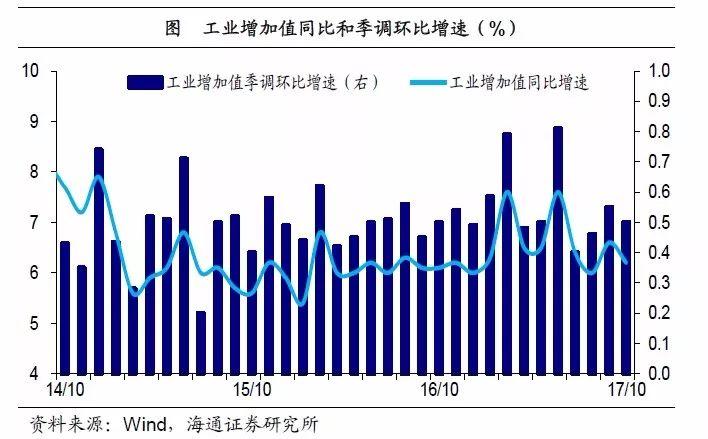
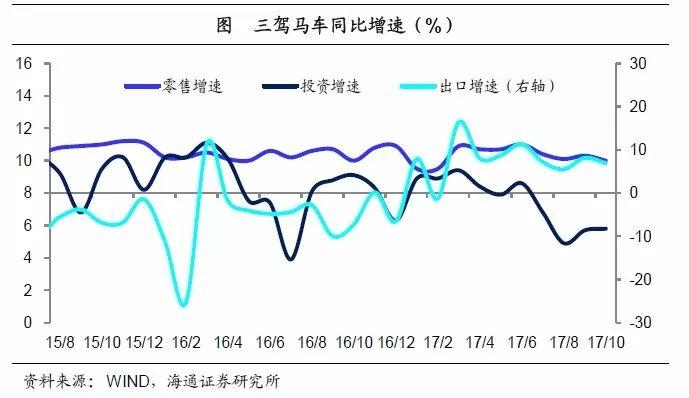
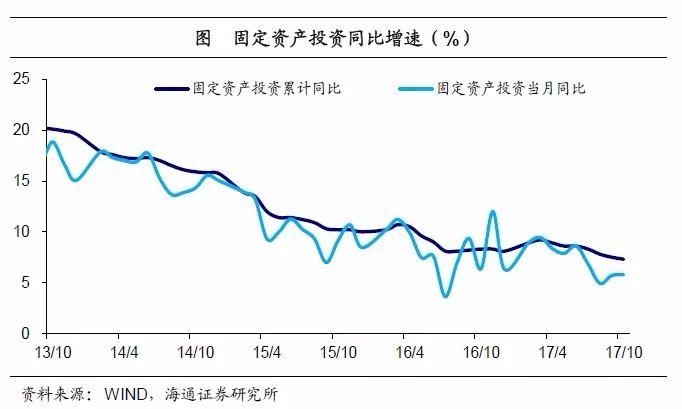
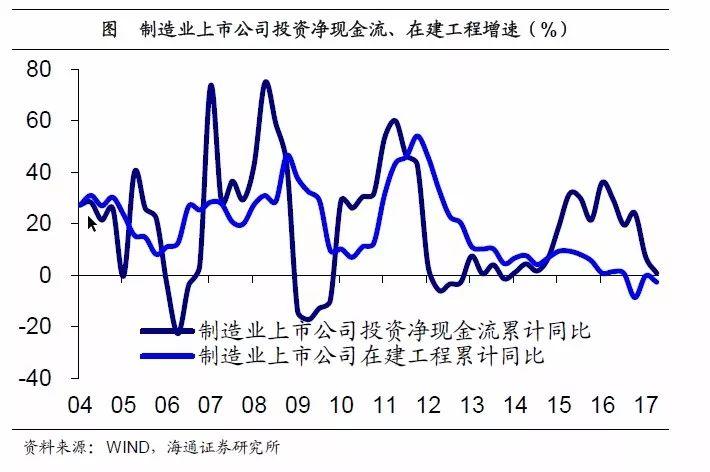

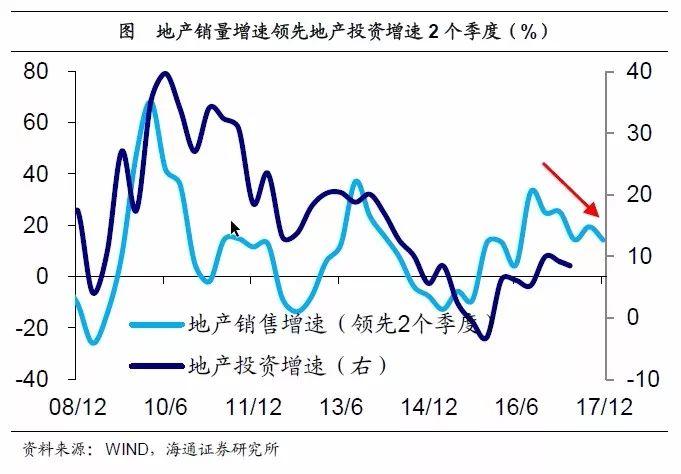
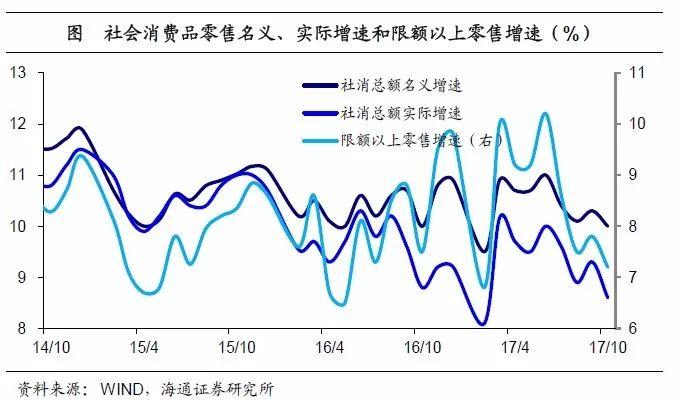
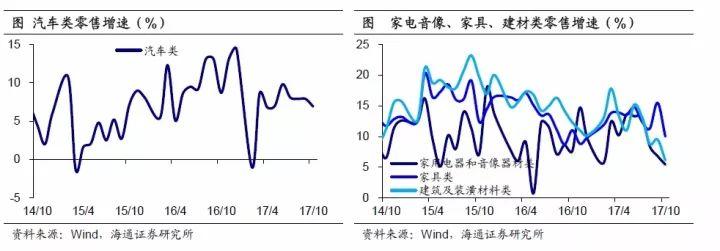
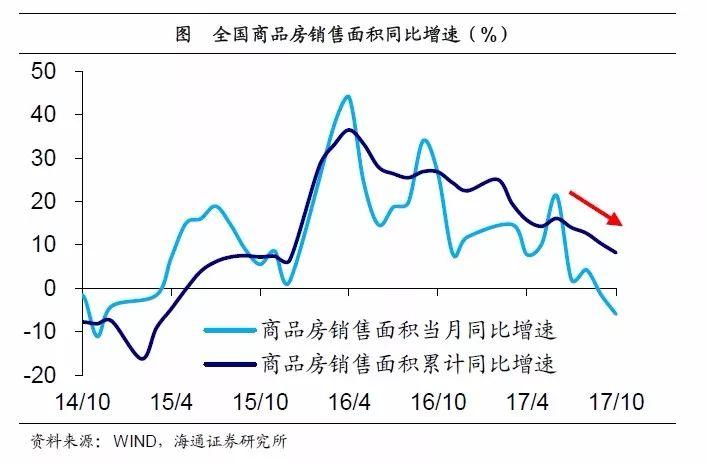
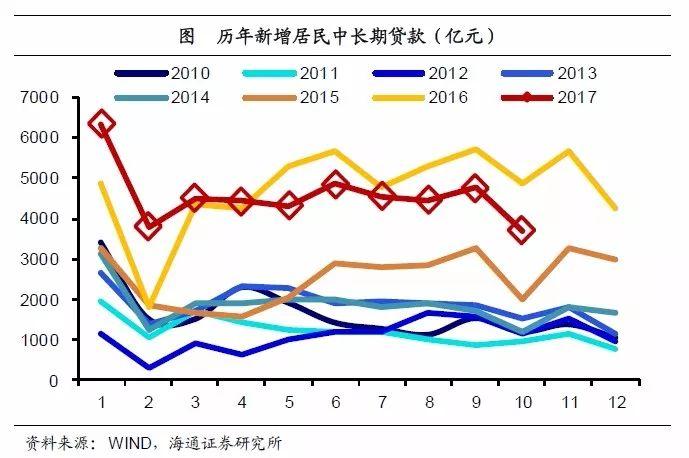
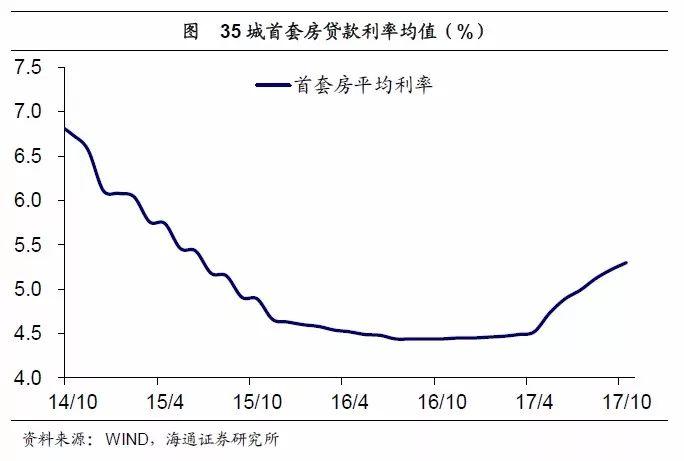
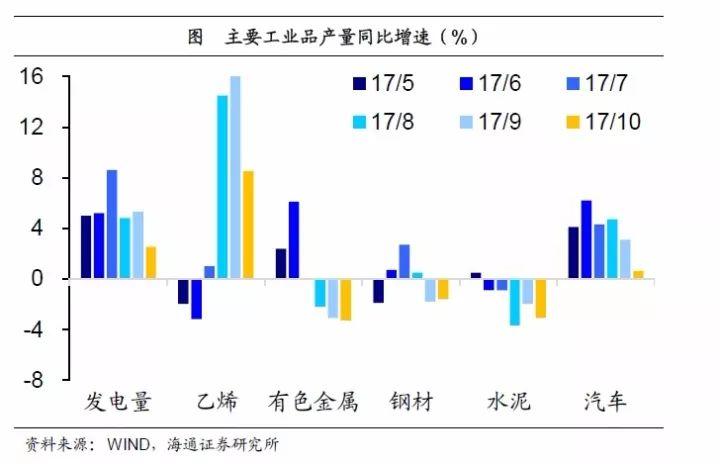

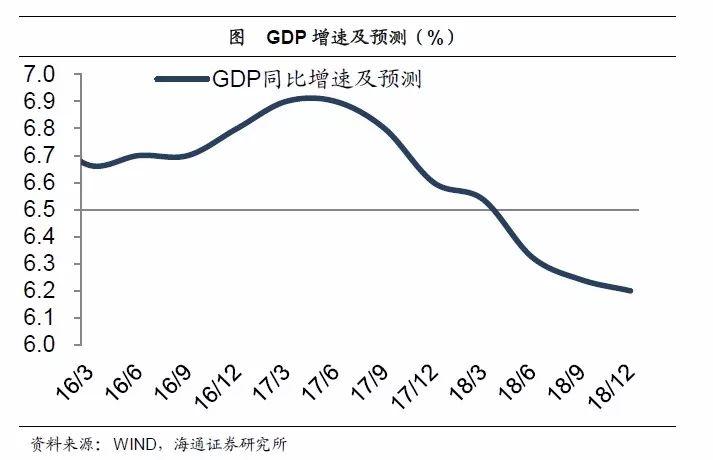
We are a professional manufacturer of hydraulic accessories for crawler excavators Professionally provided aftermarket customers with various brands of crawler Excavator Final Drive, Travel Motor , Travel Gearbox, Swing Device , Swing Motor , Swing Gearbox , Hydraulic Pump , Main Control Valve and other accessories.Strictly controlling the quality acceptance of each product Standards to ensure high-quality qualified export of each product.At the same time, we can customize the production services of the products through the drawings according to customer needs, and make every effort to make the perfect product in the mind of each customer.
If you want to know more about our products in more detail, please click on the product details to see more information about product quality, price, packaging, transportation, etc., or you can directly click on Contact Now on the page to talk to us directly. Looking forward to starting long-term business cooperation with you!
Abstract On November 14, the Statistics Bureau released the economic data for October. What is the current economic situation and what is the future trend? First, production demand has fallen, and the economy has once again weakened. Industrial production has cooled significantly. October industrial added value